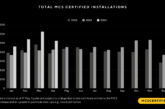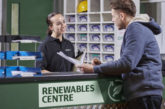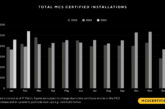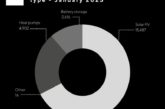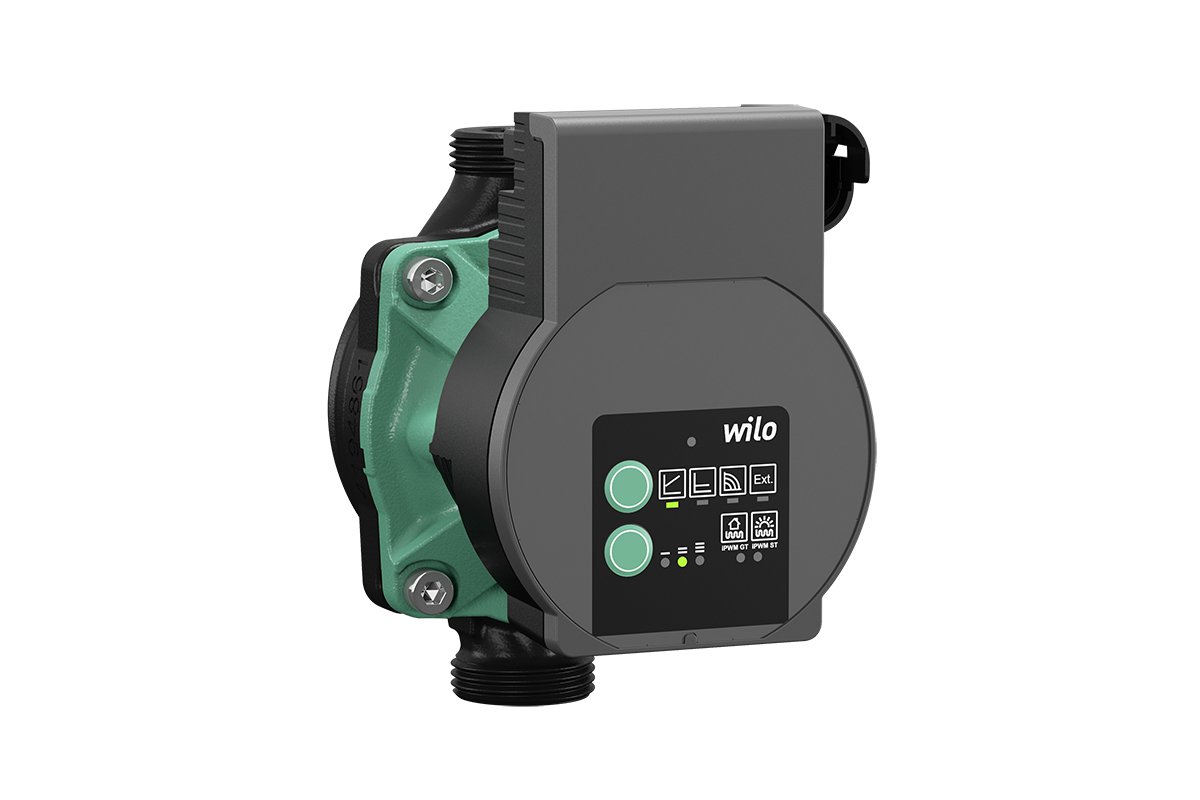
Andy Thompson, National Sales Manager – Plumbing & Heating, at Wilo UK explains why renewable pump technology is more important than ever.
The energy crisis has brought an even more immediate need for both homeowners and businesses to look at energy reduction and lowering consumption. Whether it is just lowering consumption or radical upgrades, utilising the latest renewable technology could be the key to help reducing bills and impact on the environment.
According to new research outlining an urgent need to reduce the amount of heat being wasted, the UK ranks among the worst in Europe for the energy efficiency of its homes. The UK’s housing stock is also the oldest and least energy efficient in Europe. More than 52% of homes in England were built before 1965 and almost 20% were built before 1919. The UK is also particularly vulnerable to spikes in the price of gas – more than four-fifths of homes are still heated by gas boilers, which is much higher than most countries*.
Within the residential housing market house extensions (although still popular in the UK) are giving way to energy reduction projects. Both require additional or new technology and almost certainly require the assistance of pumping equipment.
Most applications require a pump, maybe it purely pumps the hot water around the heating system from the boiler, or at the other extreme is a fundamental part of a renewable energy scheme. Selecting the right pump for the application is paramount and could save even more energy if the right choice is made.
The Wilo-Yonos PICO range utilises an EC Motor (Electronically Commutated Motor) containing a microprocessor, which is the key component of what makes them able to provide higher efficiency. This microprocessor controls the motor in order to regulate flow. The rotations per minute of the motor will either ramp up or ramp down in order to keep the water flow steady or in line with demand. This allows a heating system to work at maximum efficiency; rather than the motor running at the same constant speed, it modulates to adjust for conditions, sometimes running at lower speeds and using less power than full load. On top of this significant way of saving energy, an EC Motor uses less wattage than a standard motor.
Energy rating
The ECM PICO pumps are rated at A++ for energy efficiency as the modulating function can make generous savings in energy for the end-user customer. This can be up to £250 per year in electricity in fact – currently electricity has been circa 18.9p/kWh, later this year it’s expected to go to around 52p/kWh, so there could be increased savings (of course this is area and supplier specific so varies).
The Wilo-Yonos PICO offers operating convenience owing to the Green Button Technology with new, intelligent settings, and intuitive user interface. This is a visible symbol of the new generation of high-efficiency pumps for heating and air-conditioning systems in residential dwellings. Together with new set up functions and simple display information, it provides convenience in installation, commissioning and maintenance. Default settings for radiators or underfloor heating are also symbolised by pictograms which save time during installation.
Renewable system
Investing in a renewable energy scheme for properties is not something to do lightly, and consideration of all of the items used within the design is worth investment in time to ensure each item can deliver energy saving advantages over any alternatives.
Amid huge energy price rises, recent reports show that British households are racing to install roof-top solar electricity panels with installers saying demand has “exploded”**.
The soaring price of electricity means a domestic solar panel system can now pay for itself in around seven years, and the way things are going, that could go down to five years. Last year, installers were saying the “payback” period was 15 years or more, and there are the environmental benefits of solar panels to bear in mind too.
Working alongside our distribution partners Wilo UK can offer the latest technology to ensure systems are operating at full efficiency but using the least amount of energy possible. An example of one of these products is the Wilo-Varios PICO which offers performance and flexibility due to its ability to work within the scope and duty of a 0.5m – 13m head. Not only featuring ECM technology, but it also offers additional programmable functions and importantly for many renewable installations, PWM (Pulse Width Modulation) speed control and connectability.
PWM connection allows signals from the renewables system to be transmitted to the pump, which allow the pump to work at the desired speed. This is particularly important for solar applications where output can be erratic, but you need a pump to react to the solar output immediately when needed.
If the world wants to avoid some of the most serious effects of climate change, countries need to start shifting to renewable energy quickly, however the problem is that building all that new infrastructure is expensive.
Whilst trying to transition the whole world to renewables may seem slightly impossible, there are definitely changes both consumers and business can make to help make a difference. Choosing sustainable pumping equipment for both new and energy reduction retrofitting projects, as well as selecting pumps which can be fitted to renewable applications is a sure way to help save energy, money and move towards climate goals.



